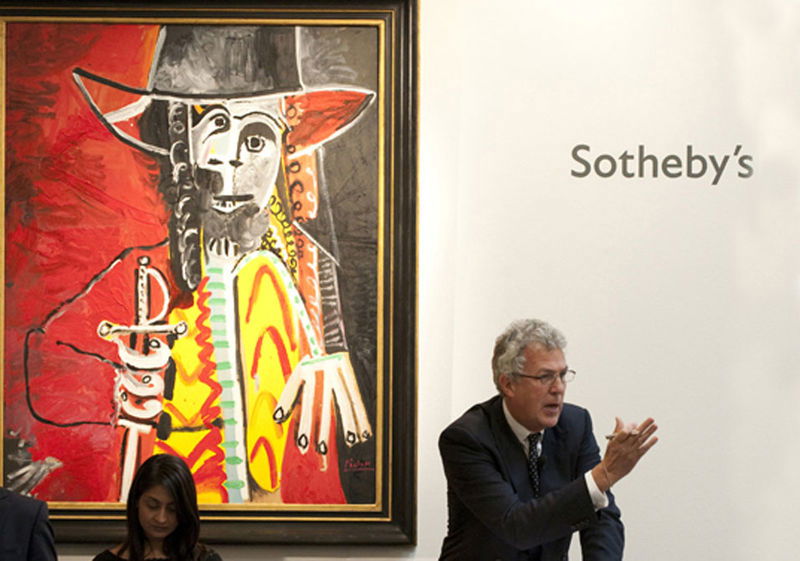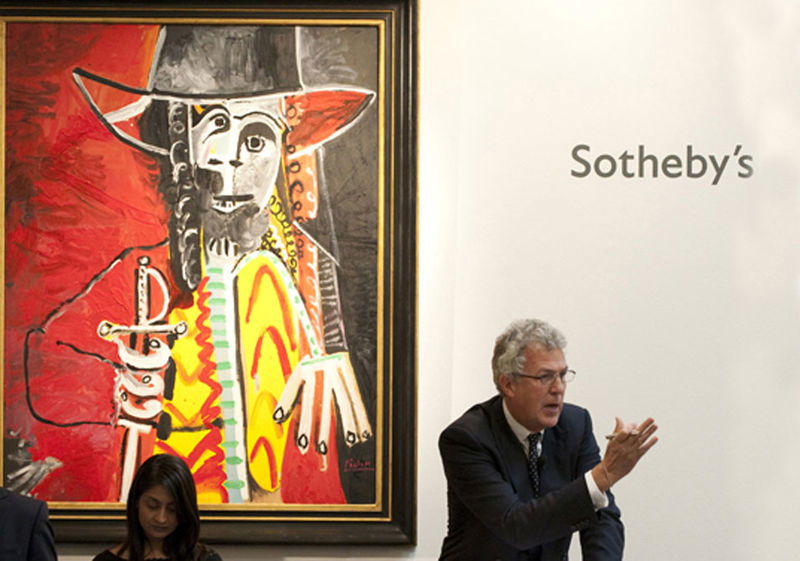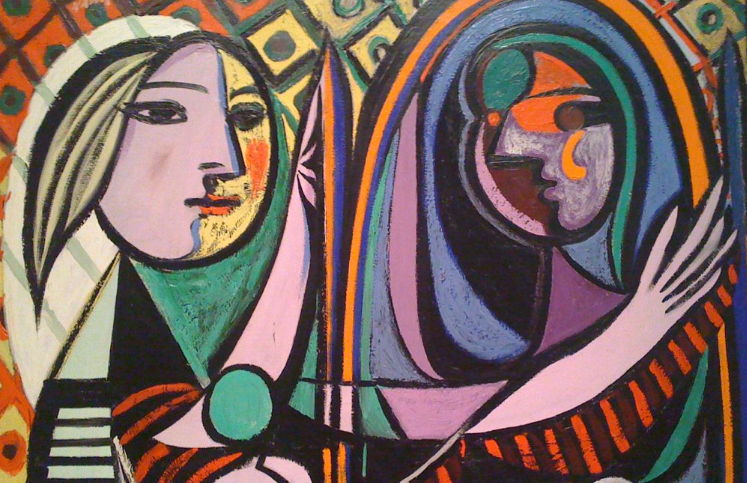MAKING MODERNISM: PICASSO'S IMPACT ON THE ART MARKET

Pablo Picasso, the enigmatic artist whose revolutionary brushstrokes transformed the landscape of art, was not only a creative genius but also a shrewd businessman. His impact on the art market was arguably as profound as his influence on artistic movements. He understood the power of the market, a power he cleverly harnessed to solidify his position as a modern art icon.Picasso’s artistic innovations, particularly the bold and fragmented forms of Cubism, pushed the boundaries of traditional representation, challenging the very notion of what art could be. This audacity resonated with collectors, who saw in his work a reflection of the rapidly changing world around them. His paintings, sculptures, and prints became objects of desire, driving the burgeoning market for modern art.
By Maria Miller

Picture Courtesy: storage.canalblog.com
From Niche to Mainstream:
Picasso’s early success was built on a collaborative effort with his dealer Daniel-Henry Kahnweiler. Kahnweiler, a visionary businessman, recognized the potential of Picasso’s work and established a market for his innovative style. He held exhibitions, published catalogues, and nurtured a network of collectors, making Picasso’s work accessible to a wider audience.
Myth making and Branding:
Picasso was a master of self-promotion. He cultivated a public persona, a bohemian image that added mystique and allure to his artistic creations. He was, in essence, the first celebrity artist, embodying the rebellious spirit of modernism. This carefully cultivated image further fueled the demand for his work, solidifying his status as a cultural icon.

Image Source : flickr.com
The Cycle of Value:
Picasso’s impact on the art market went beyond mere sales figures. He established a cycle of value that continues to influence the art world today. His work set a precedent for the high prices commanded by modern and contemporary art. His paintings, particularly the iconic 'Guernica,' became synonymous with artistic excellence and cultural significance, impacting the perception of value in the art market.
Beyond the Canvas:
Picasso's influence extended beyond the realm of fine art. He embraced a multidisciplinary approach, exploring ceramics, sculpture, and printmaking. This diversification expanded his market reach, attracting a wider range of collectors and contributing to the growing appreciation for modern art as a whole.
The Legacy:
Picasso's legacy is not just about the impressive sum his works fetch at auction. He transformed the art world, making modernism mainstream, paving the way for an art market that embraces innovation, individuality, and the bold exploration of artistic boundaries. His impact remains palpable, inspiring artists and collectors alike to push the limits of what art can be and how it can be valued.In conclusion, Picasso’s impact on the art market was transformative. He not only created groundbreaking art but also actively shaped the market dynamics, leveraging his artistic genius, savvy business acumen, and audacious personality. His work serves as a testament to the power of creativity, and the symbiotic relationship between art and its market. Picasso's legacy reminds us that art is not just about beauty, it is also about ideas, innovation, and the power to shape the world around us.